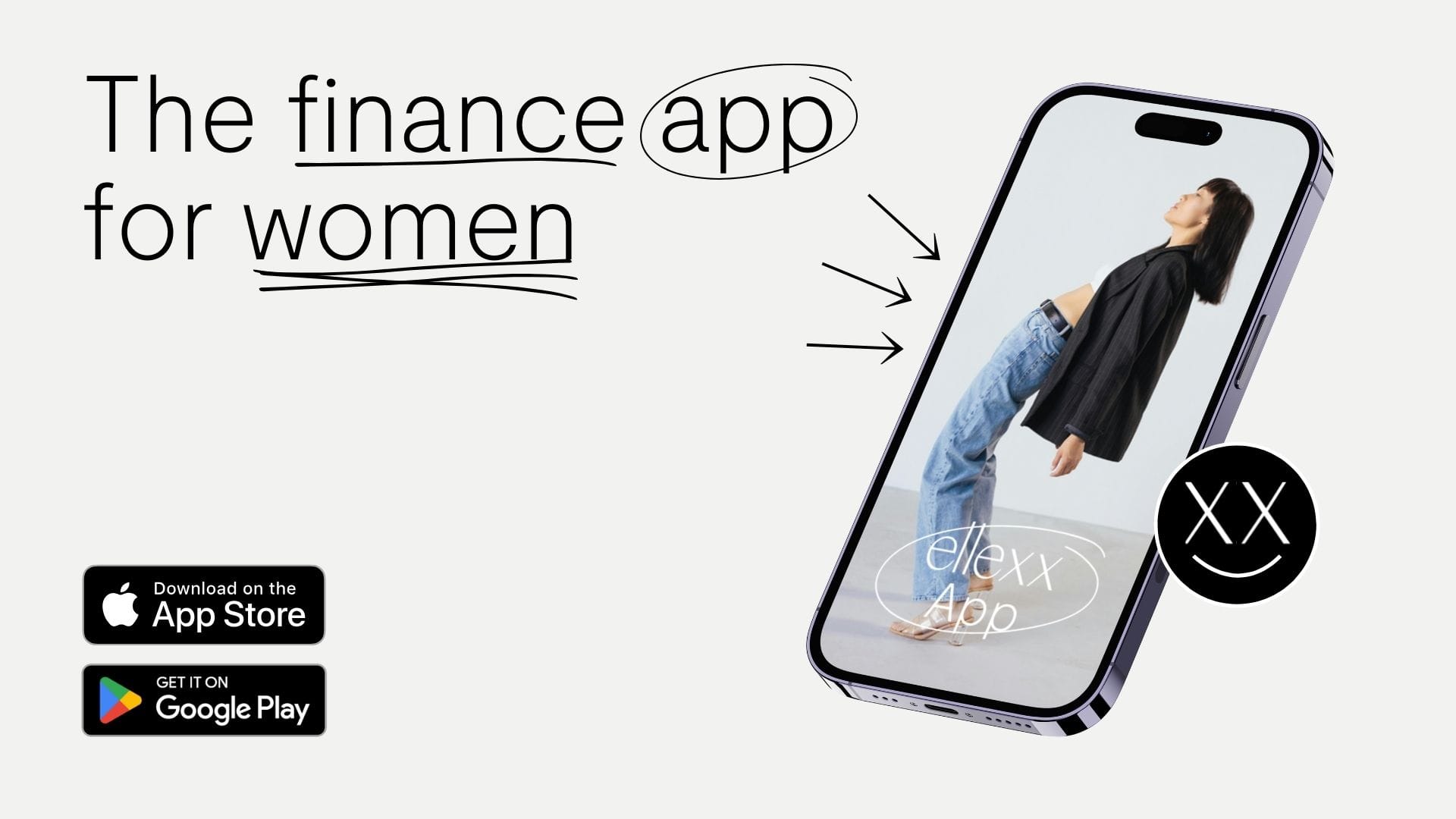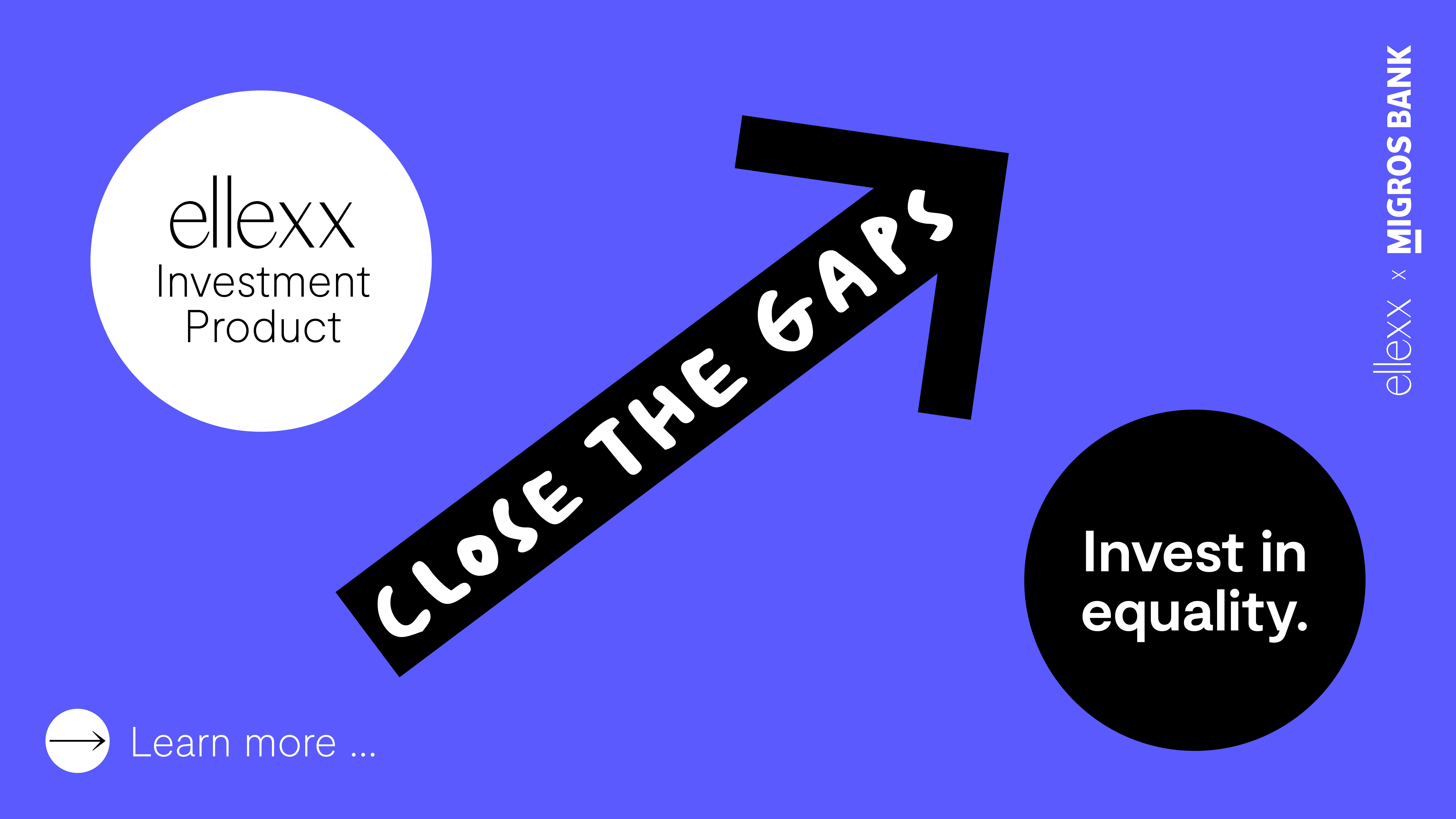Are you already investing? Yes? Then you too are a gender lens investor. Never heard of it? Then it's high time you did, because the concept has been around since the 1970s. However, we have never had as much data on the effectiveness of this investment strategy as we do today.
But first things first: Money always has an impact. Investing always has consequences. And we all already invest with a gender perspective. Whether we want to or not. And we probably didn't even realize until now that we were investing so one-sidedly in just one gender and not in the whole diversity of people.
Your money, your voice
Our investment money flows into salaries, bonuses for top managers, products, working conditions and corporate cultures. And most investors invest primarily for the benefit of one gender: men. Women lead just 6.2 percent of the companies in the US stock market index S&P500. In Switzerland, zero percent of companies in the leading SMI index are headed by women. So anyone who simply invests in stock market indices is primarily financing male-managed companies with little diversity. That is a major risk. And above all, it also entails the danger of missing out on opportunities.
So please answer me one question. As an investor, would you want to do without:
- the largest growth market in the world,
- a 39 percent higher probability of a return,
- better products and innovation,
- better risk management,
- 100 percent higher returns for start-ups?
No? Probably never in your life - that would be irrational. But you are if you don't invest in women and women-friendly companies.
Summarized again for fact-loving readers: Women are the biggest growth market globally. And long-term studies show: Mixed teams bring more diverse knowledge and experience to the table. That makes them more innovative. In many industries, products and designs were not tested on women for a long time because women were not involved in the decision-making process. Designed for men and impractical for women - and even dangerous: we have reported on the fatal consequences of the gender design gap or gender health gap xx times at ellexx. I would therefore be forgiven for quoting another scandalous figure at this point: Only just four percent of global funding - and that's multi-billions - for healthcare products and services goes towards women's health.
It simply cannot be talked out of existence: When women are part of the (management) team, demonstrably better products are created, but also more profits. McKinsey has recently calculated that diverse teams are 39 percent more likely to be financially successful than a team of the same sex. Companies with more female managers also have a better grip on risks and a more loyal workforce. In the start-up universe, the evidence is even more overwhelming. When women found companies, they generate 100 percent more return on every dollar invested than their male competitors. And yet 98 percent of venture capital money goes to founders.
Gender lens investing as a return opportunity
Excuse me? We appreciate that the aforementioned reader has at least one question mark as of right now. What we are currently experiencing in the world of investing has nothing to do with rationality. It demonstrably pays off economically to invest in women. It is a warning sign for investors when companies disregard gender-specific issues and standards. It is an unmistakable sign of a lack of business ethics and sustainability, but also of a lack of economic foresight.
GLI is not about investing only in women, but about being aware of the risks of enormous gender inequalities, power imbalances and their detrimental effects on business in companies and avoiding them. And this benefits us all, promotes the economy and prosperity for all.
Convinced? Me too. As a person who is guided by numbers, the data that has now been accumulated globally picks me up, and I have only really found my way into investing thanks to GLI. Investing without a purpose and goal is worthless for me. Money only makes sense to me if it also does good for others. Improving women's lives and earning money at the same time? That seemed too good to be true for a long time. Not anymore. Now you would think that GLI is booming and that you've almost missed the boat. Far from it. With GLI, we are roughly where we were 25 years ago with sustainable investments: nowhere. The pioneers of ecological investing were laughed at back then, but today they are smiling. Sustainable investing, the E of ESG, has become the standard.
The total amount of money invested in impact funds worldwide is 1.164 trillion dollars. However, only 56 billion dollars are invested in funds that pursue the United Nations' Sustainable Development Goal “Five”, SDG 5. This stands for equal opportunities between the sexes. SDG 5 impact funds include, for example, microfinancing for female founders through to investments in venture capital companies that specialize in female-dominated business areas such as the care sector. This means that not even five percent of impact strategies specifically support women. Measured against the overall investment market, this figure is vanishingly small.
With so many research-based facts, it's natural to wonder why GLI is only a fraction of the investment universe. The answer is simple. The decision makers in the investment world are not women. Almost 99 percent of the world's wealth is owned or managed by white men.
Time for a big protest movement in the financial market!
So how can we change the investment world? In Switzerland alone, there are 300 billion francs of uninvested money held by women in savings accounts. What an international impact we could achieve together towards a sustainable economy if we invested this money! By channeling the large flows of money into companies that practice equality and fairness and thus bring about positive change in society. And you can tackle this in very different ways: You can start with low-cost equality ETFs, you can support female founders via crowdinvesting or even become an angel investor yourself, specifically financing female start-ups.
Even if the gaps between the sexes seem insurmountable, always remember: every gap is also an opportunity to invest ingeniously. Money is also a form of protest. And the strongest one. Money can bring about social change. If you want equal opportunities, the quickest way to achieve them is with money. Let's protest with our money!









